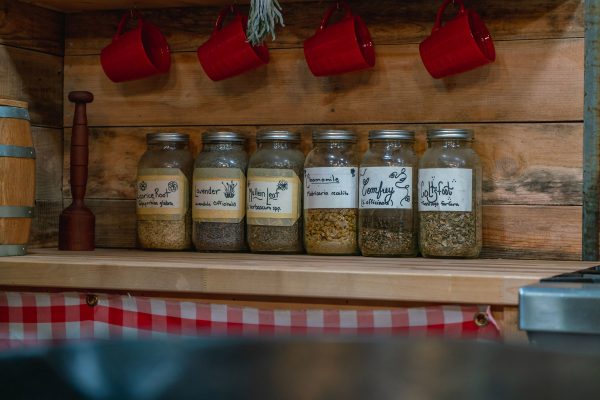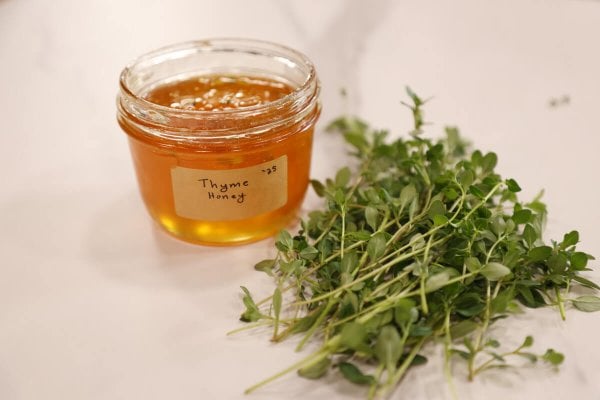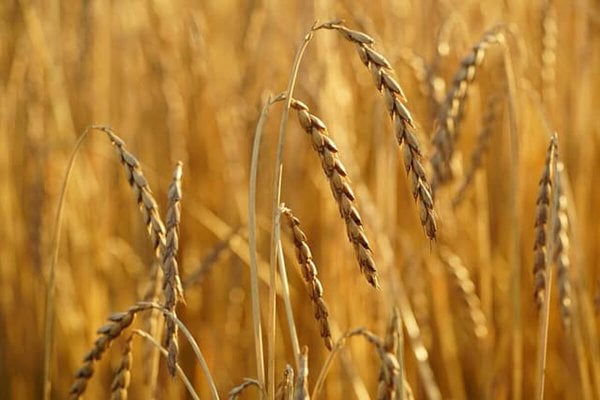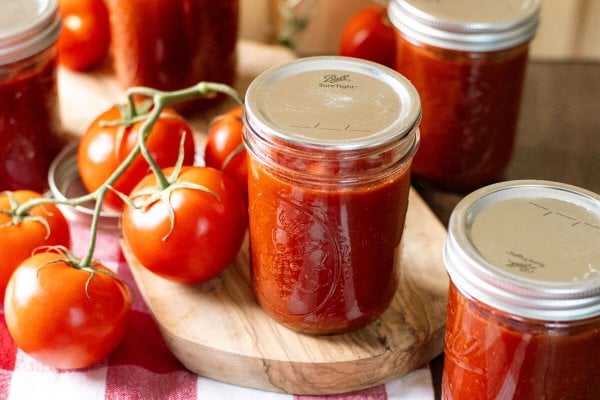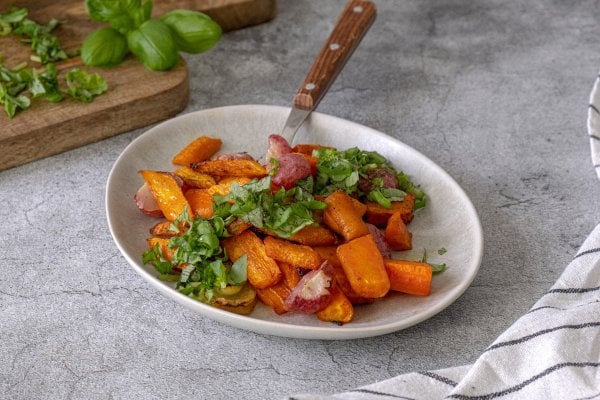Learning how to organize your property layout based on permaculture zones will help make homesteading an easier task without wasted energy. Learn about the permaculture zones and how to layout your own homestead below.

What are Permaculture Zones?
Permaculture zones are six zones (0-5) that break a piece of land into different areas based on how often you’ll frequent each area. Gardens, animals, livestock, orchards, and other structures are placed in designated zones according to how many times per day/week/month you’ll frequent each part of the property.
It’s easy to explain it like a kitchen. Let’s say you’re in the kitchen and you want to cook a meal. It’s ideal if you’ve created a perfect kitchen layout so you’re not taking laps around your kitchen just to get all the ingredients, utensils and supplies to simply cook dinner.
Ideally, your refrigerator will be placed close to the stove and nearby will be a sink, trashcan, utensil drawer, cutting boards, etc. to make cooking meals an easy task.
The same goes for your property. If you layout your gardens, animals, barns, and other areas of the homestead wisely, you’re maximizing the use of the property to be more efficient. You want to make your movements efficient between tasks to conserve both time and energy.
How do I Plan Out My Property’s Permaculture Zones?
If you’re already living on your property, you will have to work with what you have. However, if you’re in the market to buy your own land, it’s a good idea to consider permaculture design. Where will your house go? Does that leave adequate space for all the zones you’ll need?
Think about how your zones work together and try to group them, when possible. You don’t want to have to walk out one way from the house to collect chicken eggs, then walk all the way around to the other side of the house to milk the cow, then go back to the other side of the house to grab some veggies from the garden for dinner. If you can group these items in one area, you’ll be more efficient with your time and save energy.
You can even get creative and arrange your zones based on chores for specific times of the day. For example, in the morning if you go out to the chicken coop and grab the day’s eggs, then head to the barn to milk the cow, it might be ideal that these two structures are both close to each other.
It’s obviously much easier to start your homestead with a blank canvas, however, if you’re buying an established property, it may be more difficult to make these zones work well for you.
It’s our recommendation to take a little time to observe the land, think things through based on what you’re going to do on the property and how you’re going to use it before establishing infrastructures and systems.
Permaculture Zones
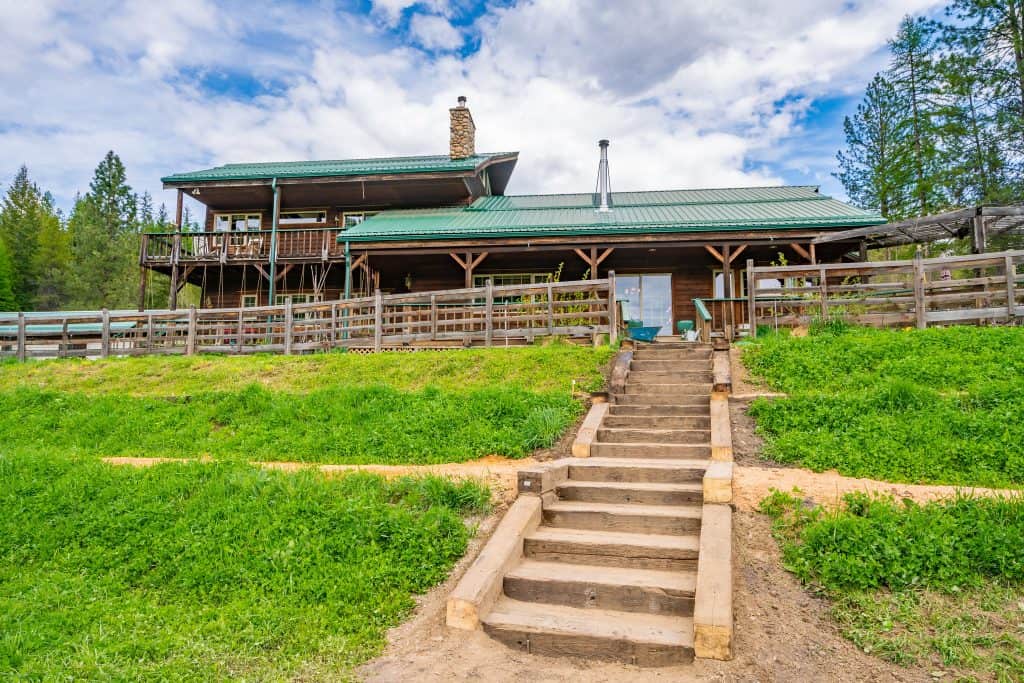
Zone Zero
Zone zero is your house. Everything stems from your home, so this acts as the “bullseye” to your permaculture zone. It’ll be in the center of it all and each zone will branch off from there.

Zone One
These are areas of your property that you’re going to visit or frequent multiple times daily. So your kitchen garden is where you will grow your kitchen herbs, maybe lettuces and other veggies that you want to harvest multiple times a day throughout the season.
This could also be an area for your pets, where you need to fill a dog bowl daily, etc. Also, you may want the doorway to the chicken coop or nest boxes within that zone one as well.
You don’t want these areas too far out, especially during seasons of weather, etc.
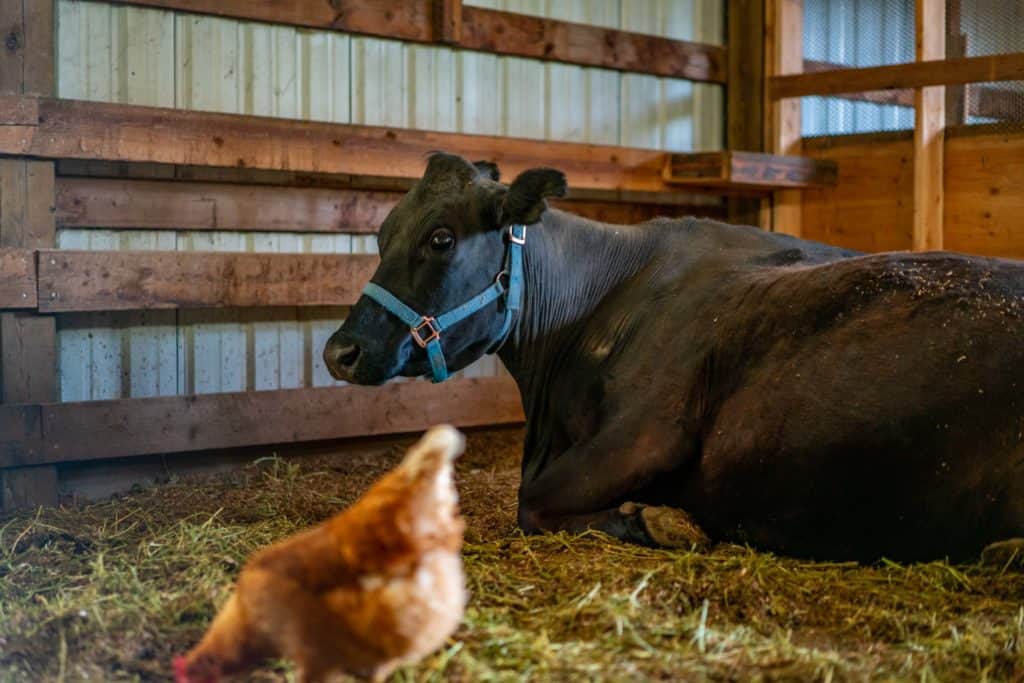
Zone Two
Zone two are areas you visit once or twice per day. These could be gardens, barns, ponds or other water features, etc. What lies in zone two for one family may be different for others, so it’s important to consider your lifestyle when planning out these zones.
In our home, we have multiple gardens in multiple zones. We actually added some tiered gardens this year so we had more “kitchen garden” space closer to our home. Our main crop garden is in zone two, but we wanted more food in zone one, so we extended the kitchen garden down the south-facing slope of our home.
In our kitchen garden, we primarily grow things that need more regular attention and that we harvest daily or multiple times a day like lettuce, spinach, chard, cherry tomatoes, summer squash, fresh eating cucumbers, etc.
In our main crop garden, which is in zone two, we grow crops that we may only harvest once or a few times in a growing season, like onions, potatoes, corn and more…even tomatoes and cucumbers that are for preserving in large batches.
Just because you have different zoned gardens doesn’t mean you’re only growing tomatoes in the zone one garden. Like I mentioned above, we grow our crops for preserving or storing in our main crop garden. But we might also grow some cherry tomatoes in our kitchen gardens for quick access at dinner time, so there is often some overlap in zones.
Zone two has a lot of activity and action, but it’s a step down from the zone one activity.
Now orchards can sit anywhere from zone two to zone four, depending on what you’re growing and how often you’re harvesting from the trees, but usually zone 2-3.
Ponds and water features are usually around zone two and up, but again it depends on how you’re using these bodies of water. If you want to swim in them often, you’ll want them closer to zone one or two. Ponds are also great temperature moderators. So a pond right close to the house in zone 1 can be a great asset!
If they’re just a backup water source, fishing pond, or for livestock watering they can be further back in the zone layout.

Zone Three
Zone three will often include mostly pastures, bare ponds, and possibly some orchards. In this zone, you might allow cattle to free-range, or maybe put your chickens to work rehabilitating the land in a chicken tractor.
This land probably has regular use, but not daily visits by humans.
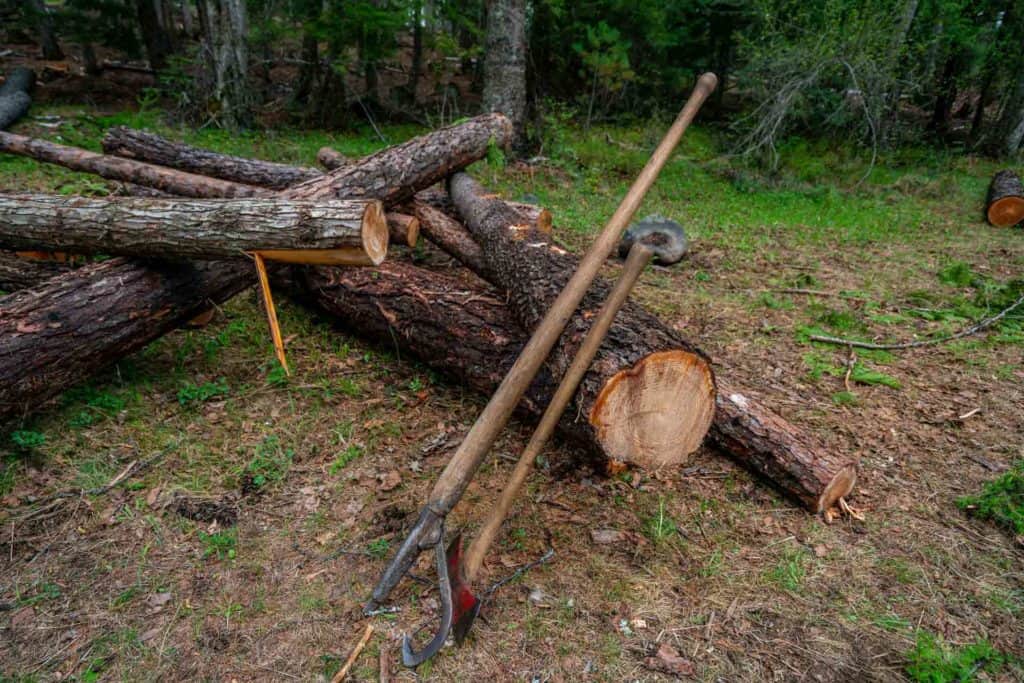
Zone Four
Minimal use such as wood plots, some pasture, maybe ponds, etc. It’s more natural, but you’re still managing that land whether it’s a pasture where you’re growing hay, managing the trees or harvesting wood, etc.
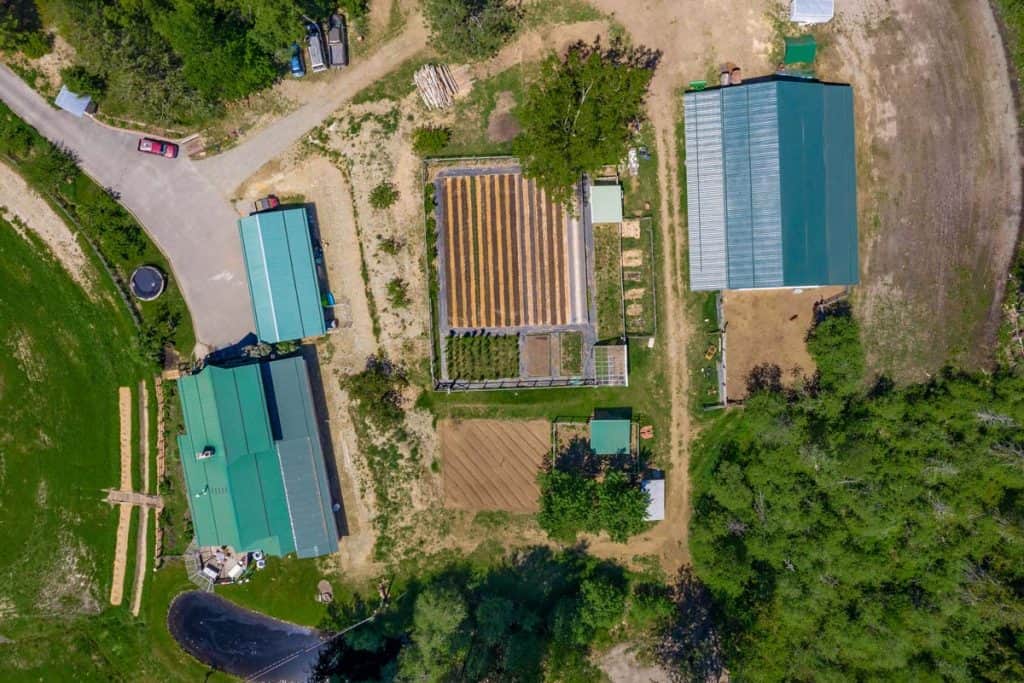
Zone Five
A totally natural area where it’s just a natural habitat to enjoy, hunt, explore, etc. This land isn’t managed and is typically the furthest from the home… but not always.
Some people will bring a corridor of zone 5 right through the other ones and close to the house to enjoy wildlife and the natural environment up close. This really depends on your land and desires.

It’s easiest to think of these permaculture zones like a bullseye, with zone zero being the very center of the bullseye and each zone one ring further out like concentric rings.
But in reality, it’s never going to be a perfect circle and often it takes on some very interesting shapes because every property will be a different shape, size and have different uses, so allow the concentric rings to inform you on how zones work, but don’t let them inhibit your creativity and workflow when you are actually planning your property.
Permaculture zoning is really exciting and can revolutionize the way you use and work on your land. Remember to enjoy the process and follow the permaculture way… observe, design, take action, observe and adjust. We are always learning!
More Posts You May Enjoy
- How to Buy a Homestead (What to Know BEFORE You Buy)
- How to Get Started Homesteading
- How to Prepare For Power Outage (Short-Term Power Outages)
- Learn to Homestead While on a Budget
- Yearly Planning on the Homestead
- Things to Consider BEFORE Going Off-Grid
- When Homesteading Feels Urgent
- Building Resilience with Justin Rhodes











